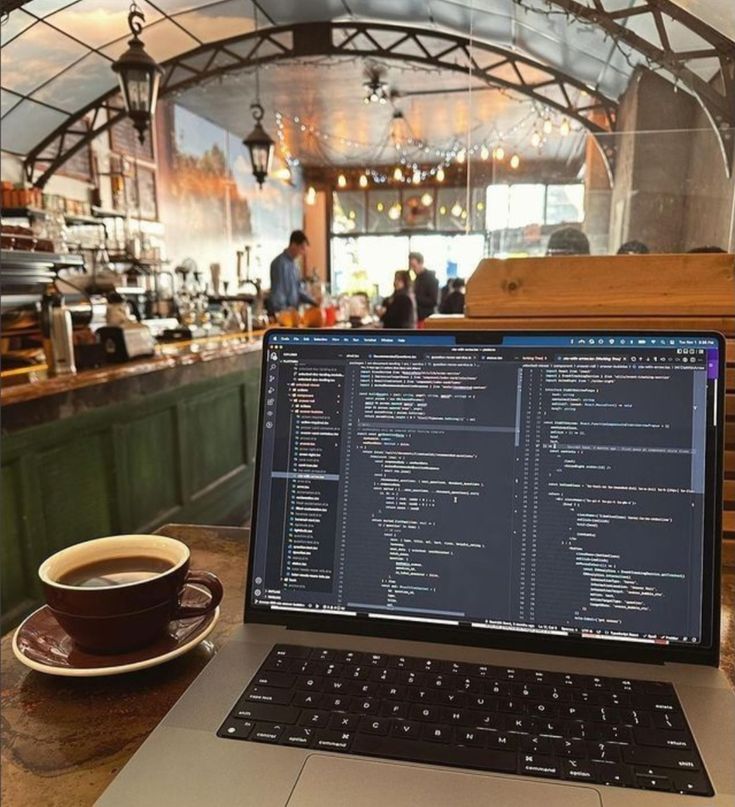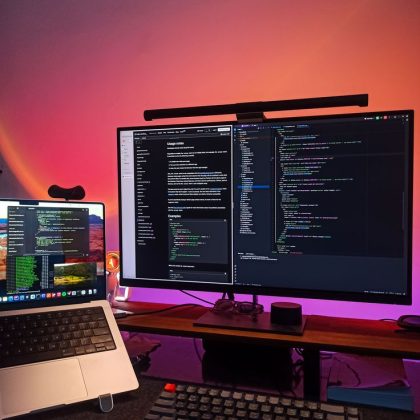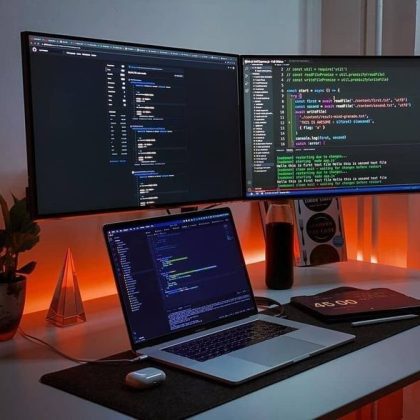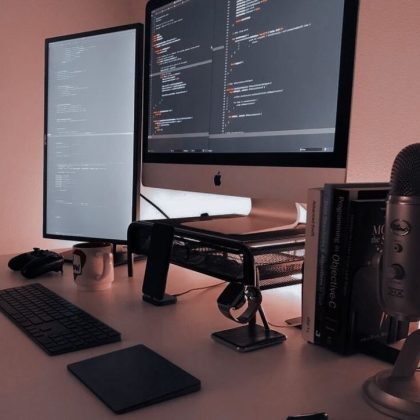Course Outline: Loops (for, while)
Module 1: Introduction to Loops
- What are loops in programming?
- Definition of loops and their purpose.
- Why loops are essential for performing repetitive tasks in code.
- Understanding the concept of iteration: executing code multiple times automatically.
- Basic structure of a loop
- What makes up a loop: initialization, condition, and iteration.
- How loops reduce redundancy in code by repeating a block of code multiple times.
Module 2: The for Loop
- Introduction to the
forloop- Syntax and structure of the
forloop. - Breaking down the parts of the
forloop: initialization, condition, and increment/decrement.
- Syntax and structure of the
- How to use the
forloop for counting and iteration- Example: using a
forloop to print numbers from 1 to 10. - Example: creating a program that calculates the sum of numbers from 1 to N using a
forloop.
- Example: using a
- Nested
forloops- Understanding nested loops: when to use them and how they work.
- Example: using nested loops to create a multiplication table or matrix.
Module 3: The while Loop
- Introduction to the
whileloop- Syntax and structure of the
whileloop. - How the
whileloop works: it repeats a block of code as long as a condition is true.
- Syntax and structure of the
- When to use a
whileloop- Example: writing a
whileloop to print numbers until a user decides to stop. - Difference between
whileloop andforloop: use cases for each.
- Example: writing a
- Infinite loops
- What is an infinite loop and why it can be problematic.
- How to avoid infinite loops by ensuring proper loop conditions.
Module 4: do-while Loop (Optional for Advanced Users)
- What is a
do-whileloop?- Difference between
do-whileandwhileloop: how the condition is checked. - Example: creating a program that asks the user to enter a valid password (repeat until valid).
- Difference between
Module 5: Controlling Loop Execution
- The
breakstatement- What is the
breakstatement and how it is used to exit a loop prematurely. - Example: using
breakto stop a loop when a certain condition is met.
- What is the
- The
continuestatement- How to skip an iteration using the
continuestatement. - Example: skipping even numbers in a loop and printing only odd numbers.
- How to skip an iteration using the
- Using
breakandcontinuein nested loops- How to use
breakandcontinueinside nested loops for more complex control. - Example: controlling flow in a multi-level loop, such as stopping all iterations when a specific condition is met.
- How to use
Module 6: Practical Exercises with Loops
- Exercises to reinforce loop concepts:
- Write a program that prints a multiplication table for a given number.
- Create a program that sums all the even numbers between 1 and 100 using a loop.
- Build a program that checks if a user wants to keep playing a game (loops until the user says “no”).
- Working with complex loop conditions
- Example: writing a program that prints the Fibonacci sequence using a
fororwhileloop. - Example: writing a program that calculates the factorial of a number using loops.
- Example: writing a program that prints the Fibonacci sequence using a
Module 7: Best Practices and Common Mistakes
- Best practices for using loops
- How to avoid infinite loops.
- Writing loops that are efficient and easy to understand.
- How to ensure that loops stop when needed and prevent unnecessary iterations.
- Common mistakes to avoid
- Common errors with loop conditions (e.g., off-by-one errors).
- Forgetting to update the loop variable.
- Misuse of
breakandcontinuestatements.
Module 8: Conclusion and Final Project
- Review of the material covered
- Recap of key concepts:
forloop,whileloop,do-whileloop,breakandcontinue. - Discussion of when to use each type of loop and how they can simplify code.
- Recap of key concepts:
- Mini-project:
- Build a project that implements loops in a real-world scenario. Example: create a number guessing game where the user has to guess a number within a range (repeat until they guess correctly).
- Example: Create a program that calculates the average of a list of numbers input by the user.
Additional Materials:
- Video tutorials: Videos demonstrating the use of different loops with examples.
- Quizzes and assessments: Short quizzes after each module to check understanding and reinforce the concepts.




Reviews
There are no reviews yet.